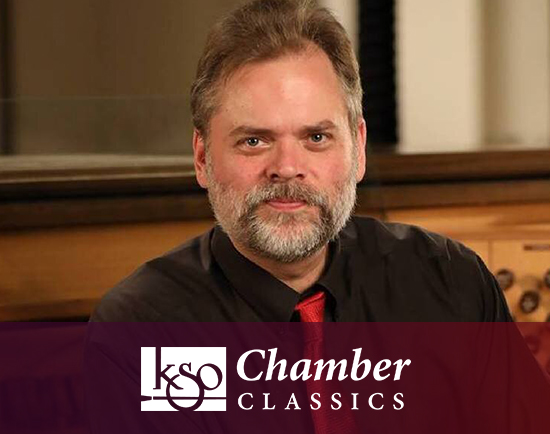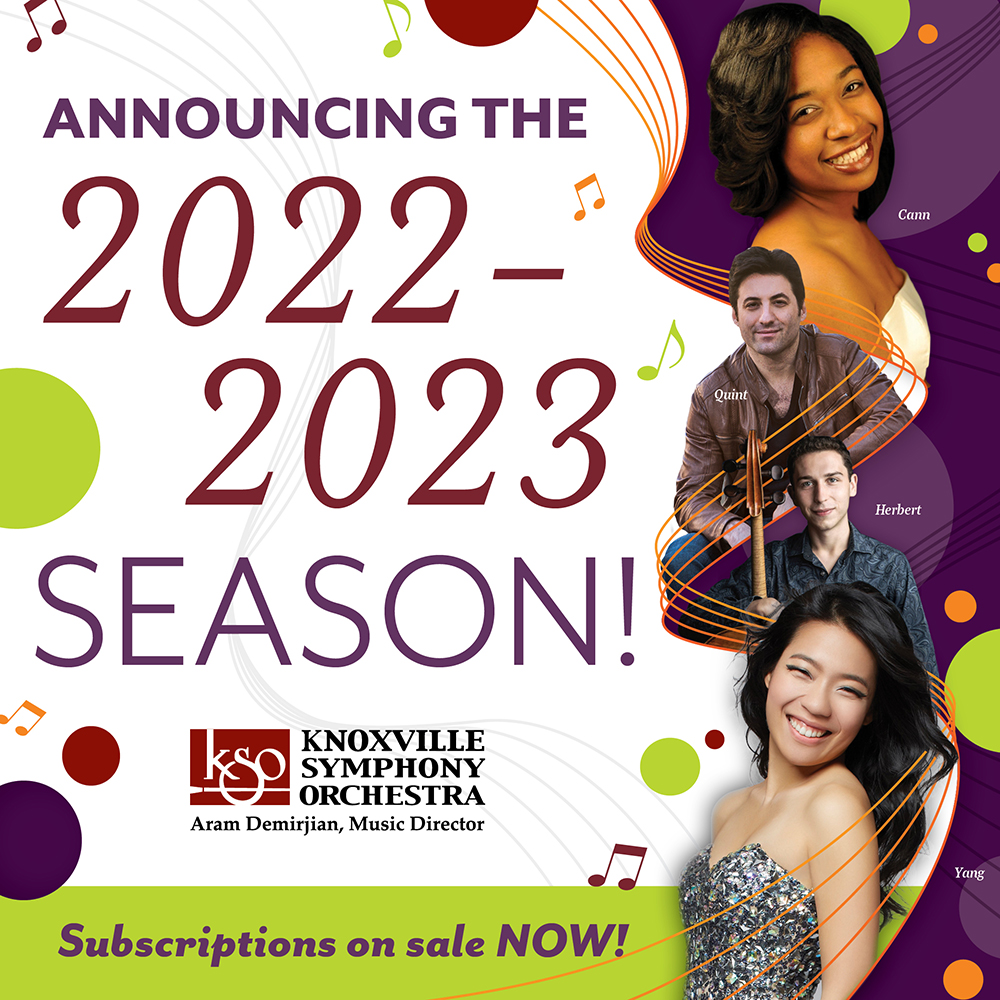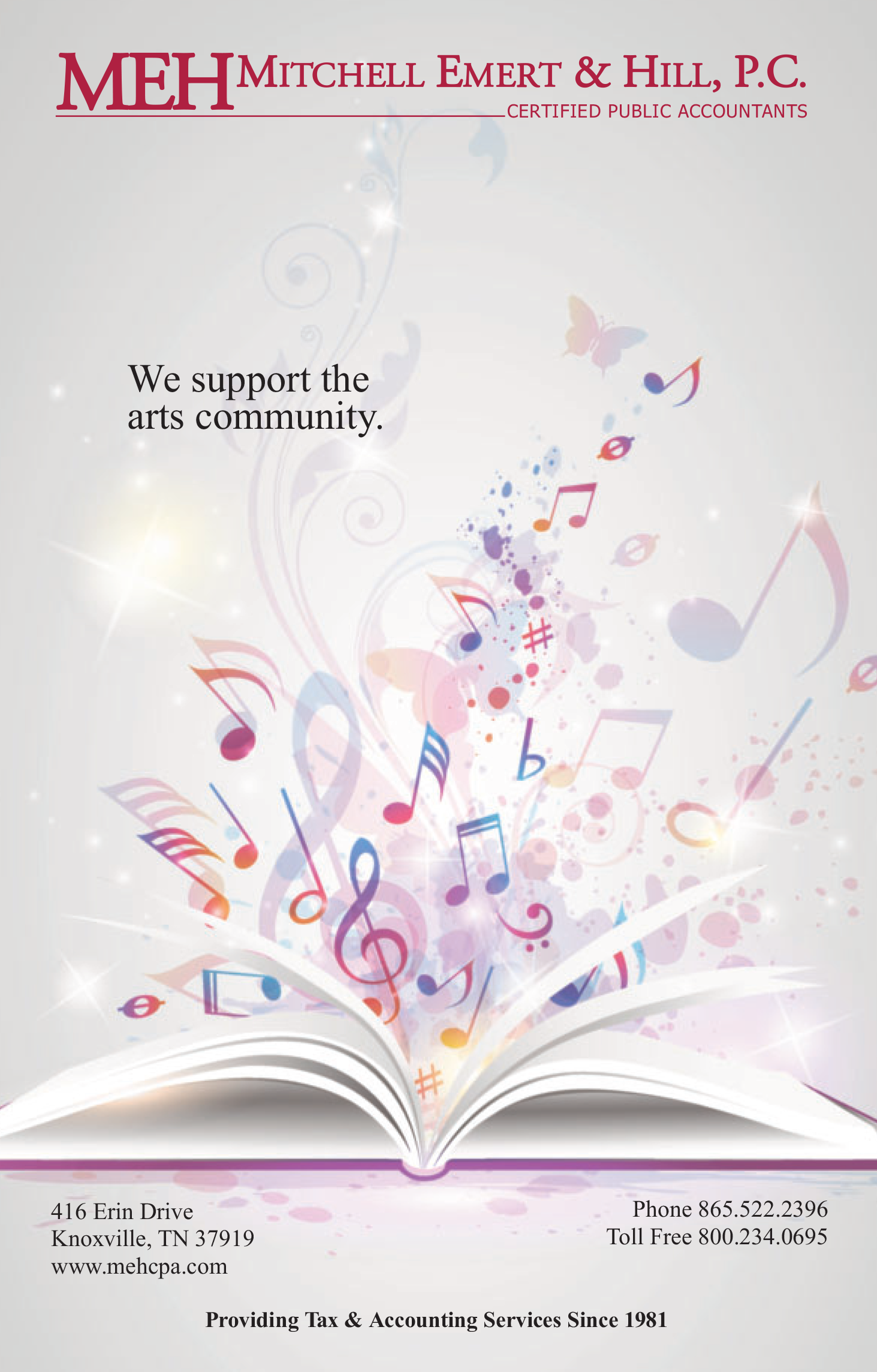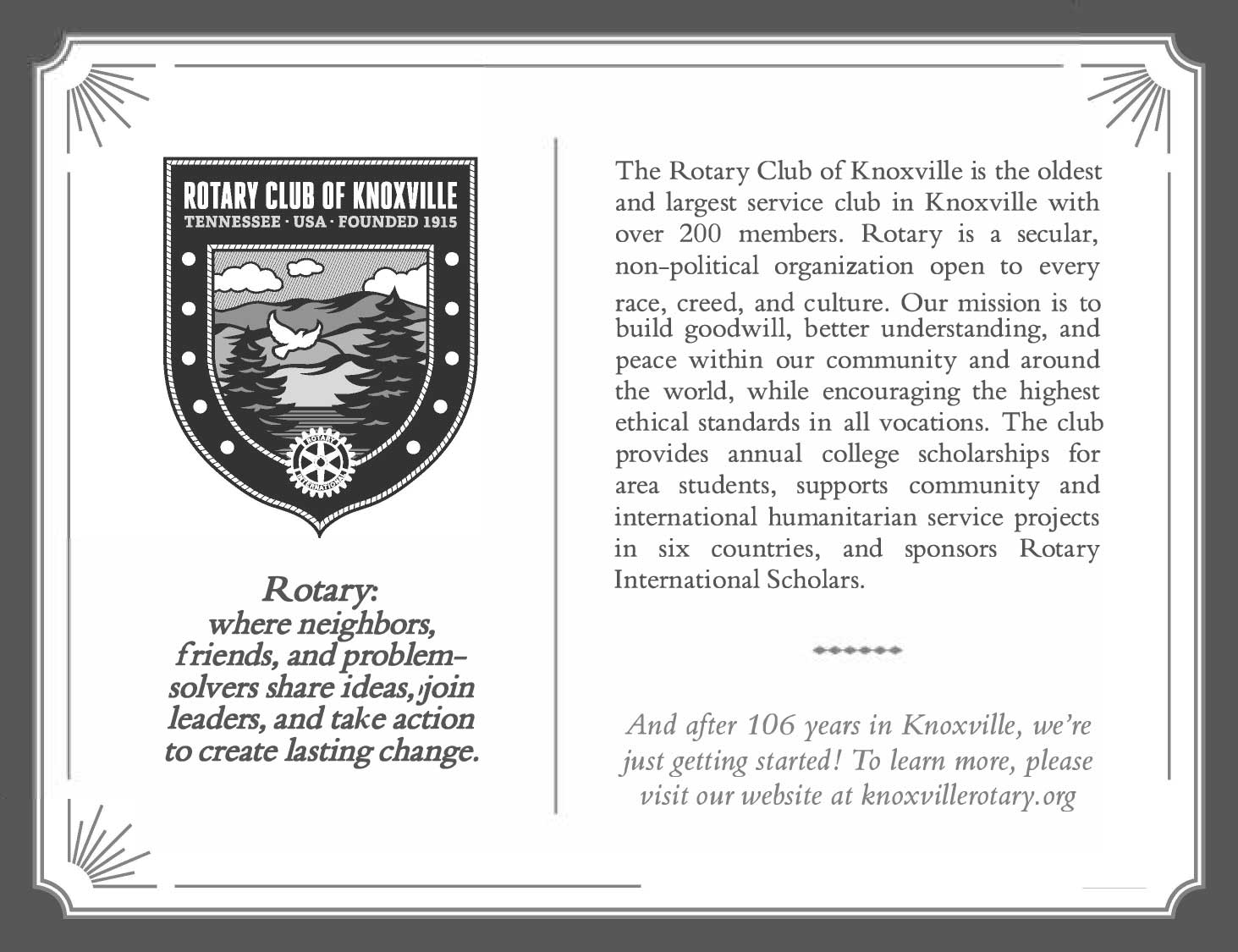
Symphony No. 3, The Camp Meeting (1904)
Charles Ives was born in Danbury, Connecticut, on October 20, 1874, and died in New York on May 19, 1954. The first performance of the Symphony No. 3 took place in New York on May 5, 1947, with Lou Harrison conducting the New York Little Symphony. The Symphony No. 3 is scored for flute, oboe, clarinet, bassoon, two horns, trombone, optional distant bells, and strings. Approximate performance time is nineteen minutes.
Charles Ives, one of the towering figures of American concert music, gained profound inspiration from his father George E. Ives, a prominent Danbury bandleader. George Ives loved musical experimentation and encouraged his son to rebel against tradition in the quest of individual expression.
Charles Ives studied at Yale, where relations with his music professors were contentious, to say the least. Realizing that his unorthodox musical vision would be a great barrier to commercial success, Ives became a highly successful executive in the insurance industry. Still, Charles Ives’s devotion to music never waned, and he actively composed throughout a good portion of his life. One writer characterized Charles Ives as “the most spectacular amateur in musical history.”
Ives composed his Symphony No. 3 in 1904. In 1911, Gustav Mahler, then conductor of the New York Philharmonic, viewed the score of the Ives Third in the offices of a New York copyist. Mahler took the score with him, intending to perform the Ives Third in Europe. But Mahler’s untimely death that year ended those hopes. The premiere of the Ives Symphony No. 3 finally took place in New York on May 5, 1947, with Lou Harrison conducting the New York Little Symphony. The Ives Third received the Pulitzer Prize.
Ives was an accomplished church organist, and the Third Symphony, in three movements, incorporates various hymns. The hymn “Just As I Am, Without One Plea” recurs throughout. The opening movement, Old Folks Gatherin’ (Andante maestoso) includes a fugue on the hymn, “O For a Thousand Tongues.” The second movement, Children’s Day (Allegro) depicts, according to Ives, “the games which little children play while their elders listened to the Lord’s word.” “The Camp Meeting” concludes with an intense, slow-tempo finale, Communion (Largo).
Program notes by Ken Meltzer
Blackberry Winter (1997)
Conni Ellisor was born in Wichita, Kansas, on September 25, 1953. Blackberry Winter is scored for solo dulcimer and strings. Approximate performance time is eighteen minutes.
Blackberry Winter, by the American composer, violinist, and educator, Conni Ellisor, was commissioned by the Nashville Chamber Orchestra (NCO). That ensemble recorded the work for Warner Brothers Records in 1997.
The following are the composer’s program notes for Blackberry Farm:
When first asked if I would be interested in writing a concerto for dulcimer and strings, I happily agreed because the challenge of juxtaposing and blending musical styles and idioms has always been of interest to me. In this case the peculiar beauty and eccentricities of the mountain dulcimer, with its diatonic tuning and drone strings, and the rich heritage of the classical concerto with string orchestra seemed particularly compelling.
Because my knowledge of the particulars of the dulcimer was limited at best, it was arranged that I met with master dulcimerist and intended artist, David Schnaufer. On the second or third meeting with David, he played a lovely song called “Blackberry Blossom,” one of many handed down in the Appalachian folk tradition. I could hear immediately how the harmonies underneath could be shifted and changed and that it was a perfect melody to adapt to the “classical” tradition I wanted to bring to the concerto. The title reminded me of a book that had a profound influence on me years earlier, and I asked David if he had heard of Margaret Mead’s autobiography, “Blackberry Winter”. His eyes lit up when he told me that NCO conductor Paul Gambill had called to tell him that the grant was secured on a spring morning a few months earlier, when a late frost had come without warning coating all the new buds with a thin coat of ice - a Blackberry Winter. And so the piece was named.
I felt compelled to work within the folk idiom, utilizing folk and folk-like melodies that are true to the nature and heritage of the dulcimer, yet I wanted the piece to have the basic infrastructure of the classical concerto. So I borrowed from a number of idioms: the Baroque tradition of introducing a theme slowly before moving into an allegro tempo (first movement) a rough interpretation of sonata-allegro form (first and third movements), and the time-tested use of theme and variation (second movement).
—Conni Ellisor
Symphony No. 6 in D Major, Morning (ca. 1761)
Franz Joseph Haydn was born in Rohrau, Austria, on March 31, 1732, and died in Vienna, Austria, on May 31, 1809. The Symphony No. 6 is scored for flute, two oboes, bassoon, two horns, continuo, and strings. Approximate performance time is twenty-four minutes.
In 1761, Franz Joseph Haydn began his years of service to the court of the Hungarian Esterházy family. At the time, the Kappellmeister of the Esterházy court was the Austrian composer, Gregor Joseph Werner. Paul Anton (1711-1762) was the ruling Prince. Paul Anton was succeeded by his brother, Prince Nikolaus (1714-1790). Haydn was Vice-Kappellmeister of the Esterházy court until Werner’s death in 1766. From then until 1790, Haydn served as Kappellmeister.
Among Haydn’s first compositions for the Esterházy court was a series of three Symphonies (Nos. 6-8), bearing the nicknames “Le matin,” “Le midi,” and “Le soir” (“Morning,” “Noon,” and “Evening”). These works, composed at the suggestion of Prince Paul Anton, premiered in a concert held in the Esterházy Palace. Haydn was at the outset of a career that produced more than 100 symphonies, many among the finest of that genre. But even at this early stage, Haydn’s joyous energy, mastery of instrumental writing, and the occasional (and delightful) surprise, are in evidence.
“Le matin” is in four movements. The first opens with a brief slow-tempo introduction (Adagio) that crescendos from the first violins’ hushed pianissimo to the ensemble’s fortissimo statement (perhaps a musical depiction of sunrise). The flute launches the principal Allegro, set in triple meter. The lyrical second movement spotlights a solo violin in the opening section (Adagio), joined by a cello in the ensuing Andante. The movement ends with a hushed ensemble passage (Adagio). The third movement Menuetto highlights the flute, while the central Trio section brings the darker voices of the bassoon and low strings to the fore. The movement ends with a reprise of the principal Menuetto. The vibrant Finale (Allegro) showcases the solo flute, violin, and cello.
Program notes by Ken Meltzer








